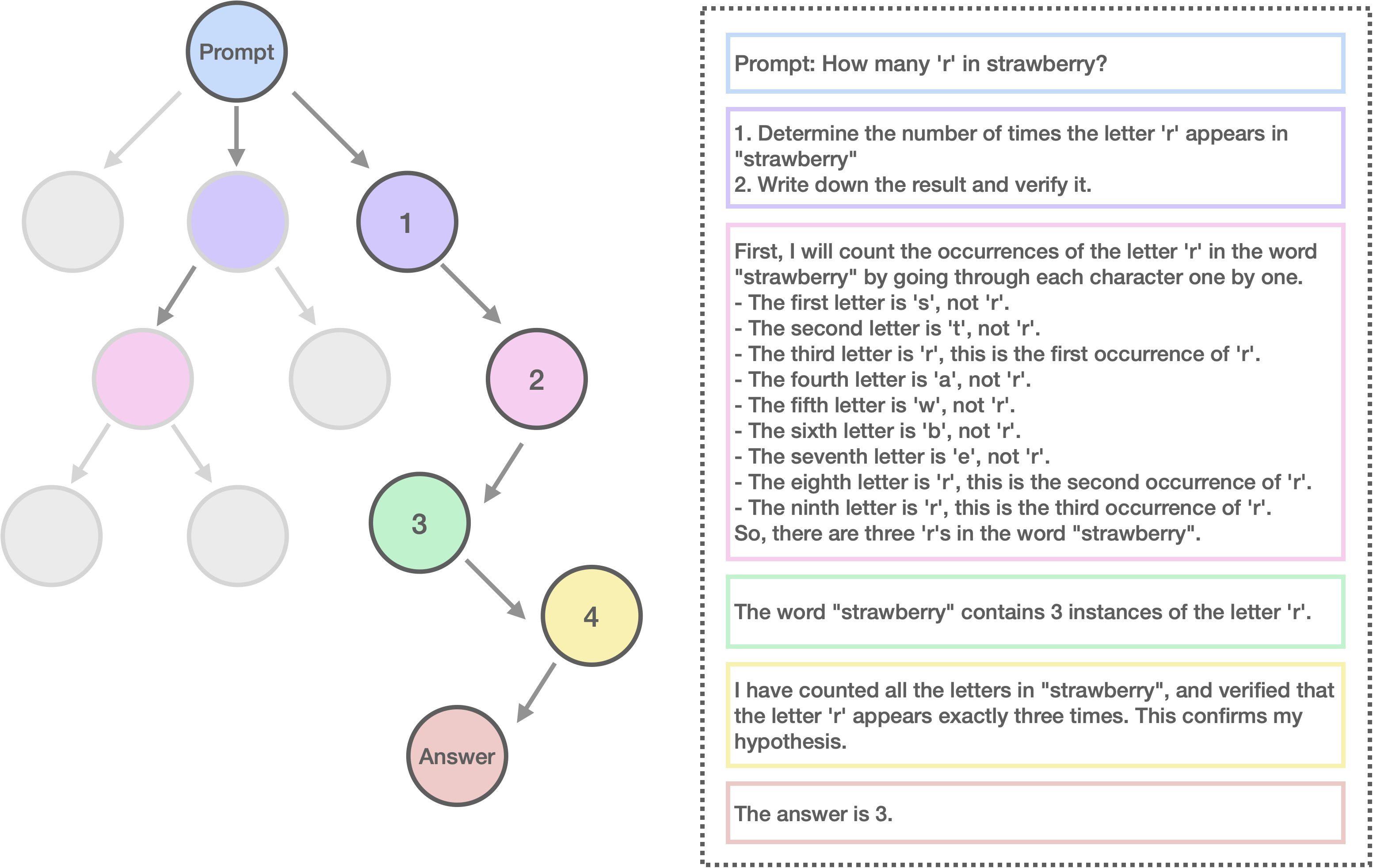Marco-o1: Towards Open Reasoning Models for Open-Ended Solutions

Overview
- New AI model called Marco-o1 focused on open-ended reasoning tasks
- Uses Monte Carlo Tree Search (MCTS) to explore multiple solution paths
- Implements flexible reasoning strategies to handle complex problems
- Achieves improved performance on reasoning-intensive tasks
- Designed to generate diverse solutions rather than single answers
Plain English Explanation
Marco-o1 is a fresh approach to making AI systems that can think through problems more like humans do. Instead of rushing to a single answer, it explores multiple possible solutions using a method called Monte Carlo Tree Search - think of it like a chess player considering different possible moves before deciding.
The system works like a detective following different leads. When given a problem, it doesn't just pick the first solution that seems right. Instead, it maps out various possible approaches and evaluates which ones might work best. This is particularly useful for questions that don't have one clear answer.
Large language models often struggle with complex reasoning tasks, but Marco-o1 breaks down these challenges into smaller, manageable steps. It's similar to how a student might solve a difficult math problem by working through it piece by piece.
Key Findings
- Marco-o1 showed significant improvement in handling open-ended reasoning tasks
- The system successfully generated multiple valid solutions for complex problems
- Performance exceeded baseline models on reasoning-intensive benchmarks
- MCTS implementation proved effective for exploring solution spaces
- The model demonstrated ability to adapt its reasoning strategy based on problem type
Technical Explanation
The reasoning model employs a sophisticated architecture combining MCTS with strategic reasoning components. The MCTS implementation explores potential solution paths while maintaining a balance between exploring new possibilities and exploiting known successful approaches.
The system incorporates a flexible action strategy that adapts to different problem types. This includes techniques for breaking down complex problems, generating intermediate steps, and validating potential solutions.
Reinforcement learning plays a key role in optimizing the model's decision-making process, helping it learn which reasoning strategies work best for different types of problems.
Critical Analysis
The research has several limitations worth noting. The model's performance on extremely complex reasoning tasks still shows room for improvement. Additionally, the computational resources required for MCTS could limit practical applications.
Some questions remain about the scalability of the approach and its applicability to real-world scenarios. The research could benefit from more extensive testing across diverse problem domains.
Planning capabilities in the model, while improved, still fall short of human-level reasoning in certain contexts.
Conclusion
Marco-o1 represents a significant step forward in AI reasoning capabilities. By embracing open-ended problem solving and multiple solution paths, it moves closer to human-like reasoning abilities. The findings suggest promising directions for future development of AI systems that can handle complex reasoning tasks more effectively.
The research opens new possibilities for applications in fields requiring sophisticated problem-solving capabilities, though practical implementation challenges remain to be addressed.